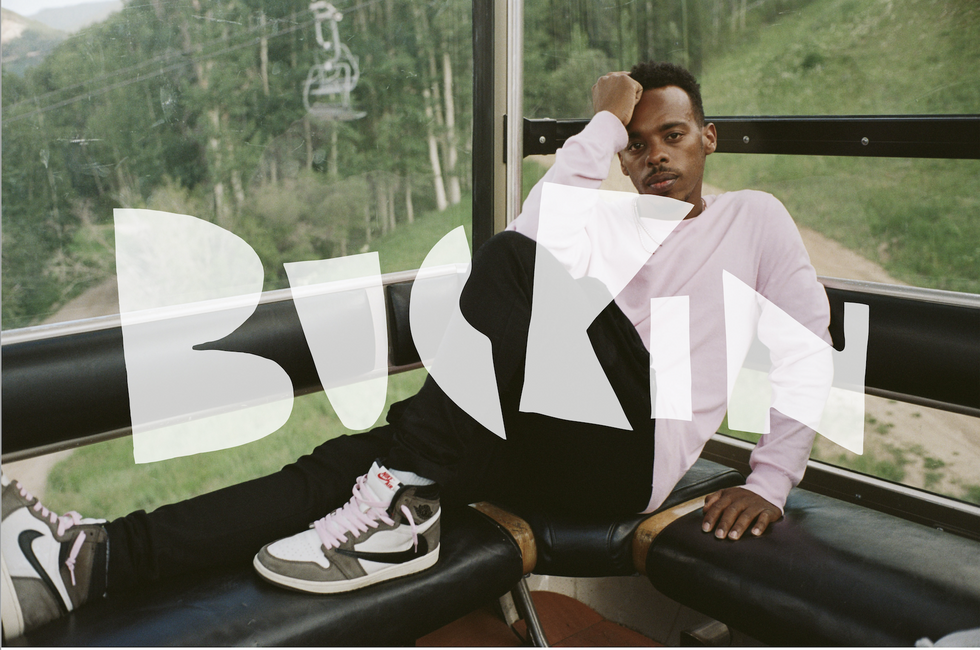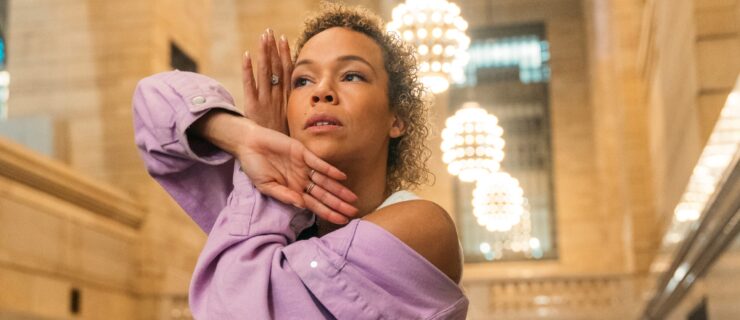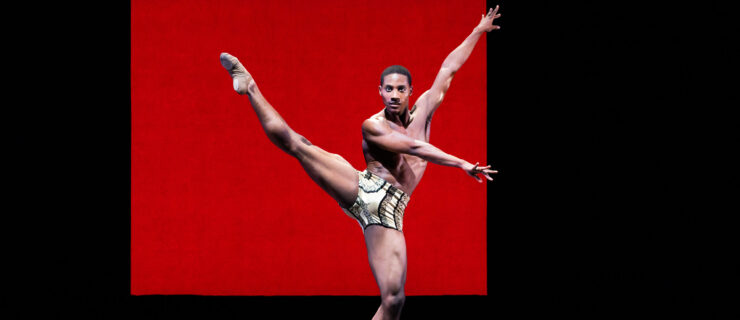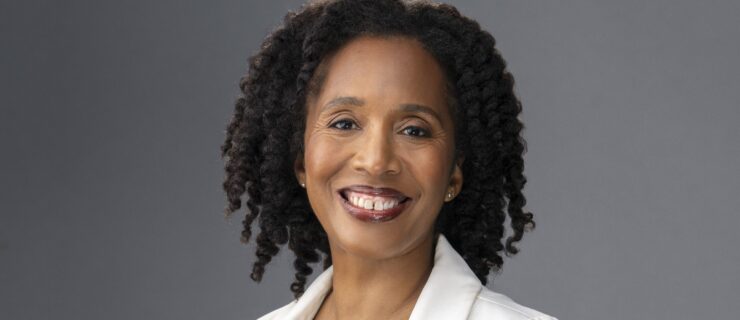Secret Dance Classes and Broadway Plans: 5 Highlights of Our Chat With Lil Buck and Patrick Fraser
Much of the dance world is migrating from the stage to the screen right now. But many artists have been making dance films since long before COVID-19 hit. Last week, I spoke with Charles “Lil Buck” Riley and filmmaker Patrick Fraser for an exclusive Zoom Q&A and screening hosted by Dance Media. We chatted about the making of their short film “Buckin,” shot at last year’s Vail Dance Festival. If you weren’t able to make it, here are my five favorite highlights from the conversation.
Click
here to watch the webinar on demand for $10.
The music is a major part of jookin
When Fraser first met Buck a few years ago, he became intrigued by the history and culture of jookin, and his conversations with Buck led him to integrate authentic jookin music into the soundtrack of the film. The sound of the synthesized horn is something Buck described during our talk as “the raw essence of Memphis.”
“The music helped birth the dance,” Buck explained. “The music made us move a certain way. It’s a full body bounce. It’s a crunk vibe. There’s a lot of DJs in Memphis who don’t get that recognition.”
Buck mainly trained outside the studio
Although he spent a couple years in traditional ballet classes, the vast majority of Lil Buck’s training happened in places like his living room, friends’ garages and parking lots.
“It shaped us as dancers because we didn’t have the mirrors to look at; we just had the raw feeling of whether it felt right,” he shared. “And we had the camera recording, so we could watch the footage and fix ourselves: This doesn’t flow right, it needs more bounce, how can I stand on my toe longer?”
Starting in dance this way has helped Buck train on his own throughout his career (a skill that many dancers are just learning right now). However, Buck slyly admitted that he’s recently been “secretly” taking ballet with Tiler Peck and tap with Michelle Dorrance on Instagram Live during the pandemic.
That variety of training has obviously paid off. Next up: the Great White Way. With his company Movement Art Is, co-founded by Jon Boogz, Buck had been touring a show called Love Heals All Wounds before COVID-19 hit, and during our conversation, he shared that he’s currently working on adapting it for the Broadway stage.
Having a ballerina wife teaches you a lot about dance
Fraser is married to former ballerina Carla Körbes (now on faculty at Indiana University). While talking about what made Buck unique to shoot, Fraser explained not only his approach to photography and filmmaking, but also what he’s learned from his wife:
“Buck really knows film, and he can just bring it to the table. And that’s what you want as a photographer or filmmaker. You can direct a little bit, but I just love letting people do what they’re best at. I wouldn’t know what to tell Buck anyways. Though Carla’s taught me a lot about dance. She’s shown me L.A. Dance Project—she used to be associate artistic director there—and we went to Marfa once and I took still photos while Benjamin Millepied filmed dances with the whole company, with all the sculptures.”
Lil Buck urges all dancers to freestyle
When answering an audience question about how students can find their own artistic voice, Buck recommended that all dancers take the time to freestyle.
“Freestyling is where I learned about myself, how I can move, the mechanics of my own body,” he said, adding that he’s met many great dancers who are fearful of improvising, afraid of moving in their own skin despite their brilliance when given set choreography. “Freestyling is when you’re taking a journey to learn yourself.”
Jookin offers a window into the soul
“Dance is where I learned to be vulnerable with my soul, with myself,” said Buck. “I’ve been through so much, like any other jooker you see in Memphis. It’s not an easy place to grow up a lot of times. You have to wear this shell. When you get to dance, do Memphis jookin, that’s the only place we see it to be okay. For me, at least, dance is the place where I can actually tell my story. I can cry through my dance, I can laugh and live through my dance. You’re learning about me and who I am through my dance. And I think a lot of people gravitate towards that truth because we usually don’t get that in life.”





